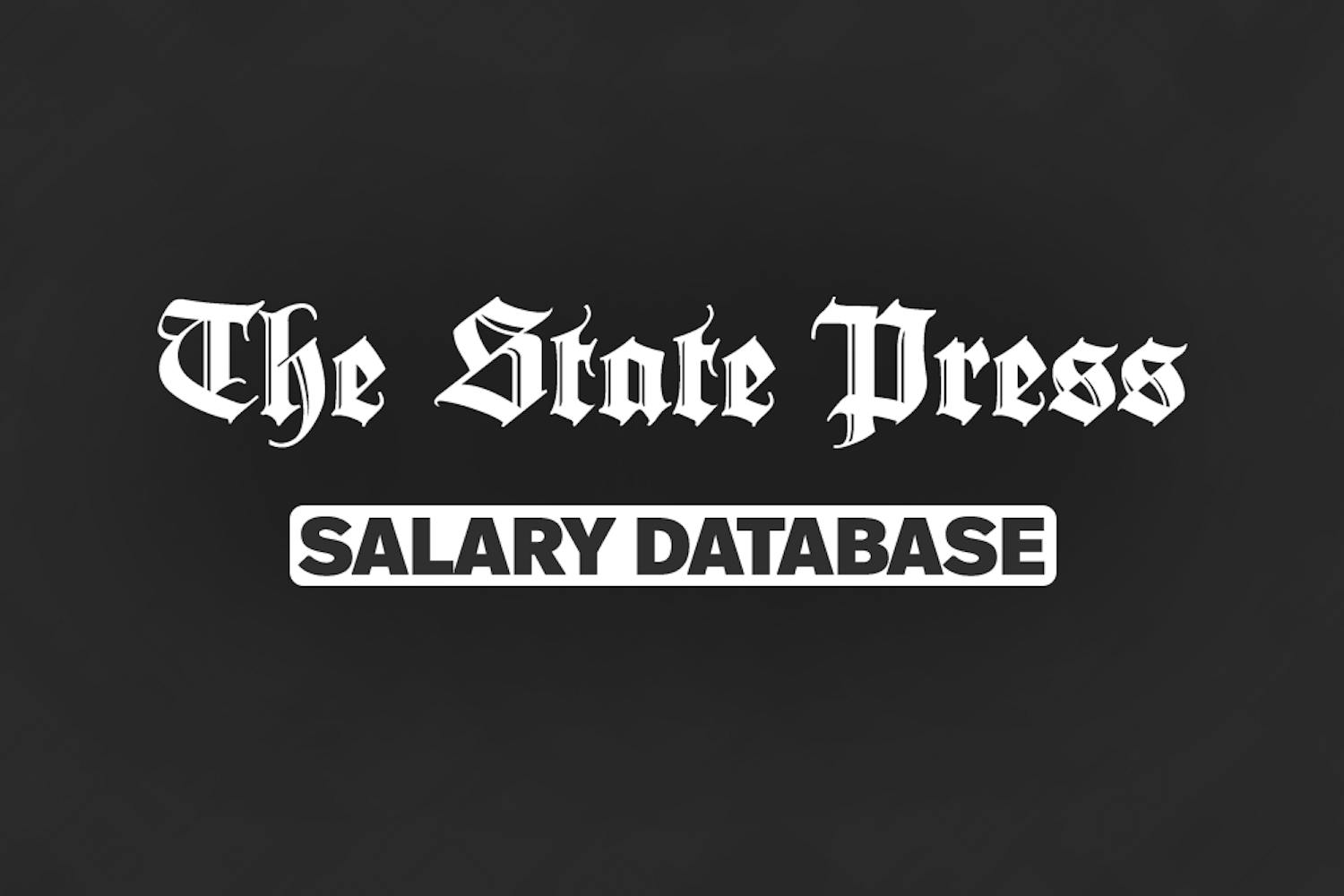The L. William Seidman Research Institute, an arm of the W.P. Carey School of Business, has collaborated with the nonprofit Latino Donor Collaborative to release the 6th Annual 2023 LDC US Latino GDP Report, highlighting the economic impact and achievements of Latinos nationwide.
The report was released at the L’ATTITUDE conference in Miami on Sept. 27.
According to the report, which utilized data from 2021, the U.S. Latino gross domestic product crossed $3.2 trillion. U.S. Latinos alone would have the fifth highest GDP across the globe if they were a country. The figure surpasses countries like India, the U.K. and France.
Jose Jurado Vadillo is a research economist at the Seidman Research Institute, and the primary investigator for the report. As this is the first year ASU has worked on the U.S. Latino GDP report, Vadillo took it as a new opportunity to expand the scope.
"We first started from scratch, and we asked ourselves whether just one metric for the progress that Latinos are making is enough to capture all the multifaceted ways in which this community powers the U.S. economy," Vadillo said.
This new expanded scope means that the report looks at three major markers for economic growth: GDP, gross domestic income, and purchasing power. The report also looks at the U.S. Latino GDP and gross domestic income for individual states.
"Income is valued at $2.5 trillion, and the purchasing power of the community stands at $3.4 trillion. But more than these figures, I think what's more important is the rates of growth that we've seen," Vadillo said. "Depending on which measure you look at it, (the increase is) between 3.9% to 4.7% ... that's between 2.1 to 2.4 times faster than the non-Latino economy."
"So what this means is that mathematically, every year the Latin economy is going to become a larger part of the US economy as a whole."
The rapid growth of the Latino economy in 2021 is referenced multiple times in the report, with an analysis provided of the probable reasons.
"This combination of robust population growth, high labor force participation, and increasing human capital will continue to drive the dynamic growth witnessed so far," the report said.
While this is the first year ASU is a partner, the LDC originally worked on the report with a team working out of UCLA and California Lutheran University. It was the first report of its kind when it was created six years ago.
Released in 2017, it was devised by the economist Werner Schink and David Hayes-Bautista. Hayes-Bautista, a professor studying Latino health and culture at UCLA. The duo originally worked on the report to compare the reality of Latino economic participation to media narratives.
"I'm a demographer, so I look at Latino patterns of behavior," Hayes-Bautista said. "I thought well, maybe if we could put a dollar value, if we could do the GDP of Latinos, that would help people understand, well, what do Latinos contribute?"
The partnership between the original Latino GDP report team and the LDC ended in 2022, according to Hayes-Bautista. However, Hayes-Bautista and his research team, including Matthew Feinup and Dan Hamilton, two economic forecasters from CLU, are still producing a Latino GDP report. Their latest report came out on Sept. 13, and also affirms that the Latino GDP for 2021 was $3.2 trillion.
This year’s report from the LDC and ASU is planned to be the first of many in a five-year partnership.
Ana Valdez, the president and CEO of the LDC, explained why ASU and the Seidman Institute were brought on as collaborators for the LDC report.
"We have been looking for a partner to create all this economic information. A group or a partner in general with the knowledge, experience, the reach (and) the engagement that would allow us to not only create and produce the information, but also to spread the word," Valdez said. "Our chairman is good friends with President Crow and they have been talking for a while about the importance of the Latino community economically."
ASU is a designated Hispanic Serving Institution and has several programs committed to Latino student success.
Across the nation, the Latino community's influence on the economy is rapidly growing, which the report is proud to showcase.
"We've seen that (growth) in states like South Dakota, North Dakota, Mississippi and Wisconsin. States that maybe you don't think about Latinos as a typical subject, but these people, Latinos, are coming to these places and empowering an economy that in certain cities was down," Valdez said.
While she could not reveal specifics of future projects, the LDC and ASU will continue their relationship with subsequent reports and new projects.
"This is just the beginning," Valdez said. "We have plans to do many more economic reports with them in the next five years."
Edited by River Graziano, Sadie Buggle and
Reach the reporter at syramir2@asu.edu and follow @nerdyoso on X.
Like The State Press on Facebook and follow @statepress on X.




